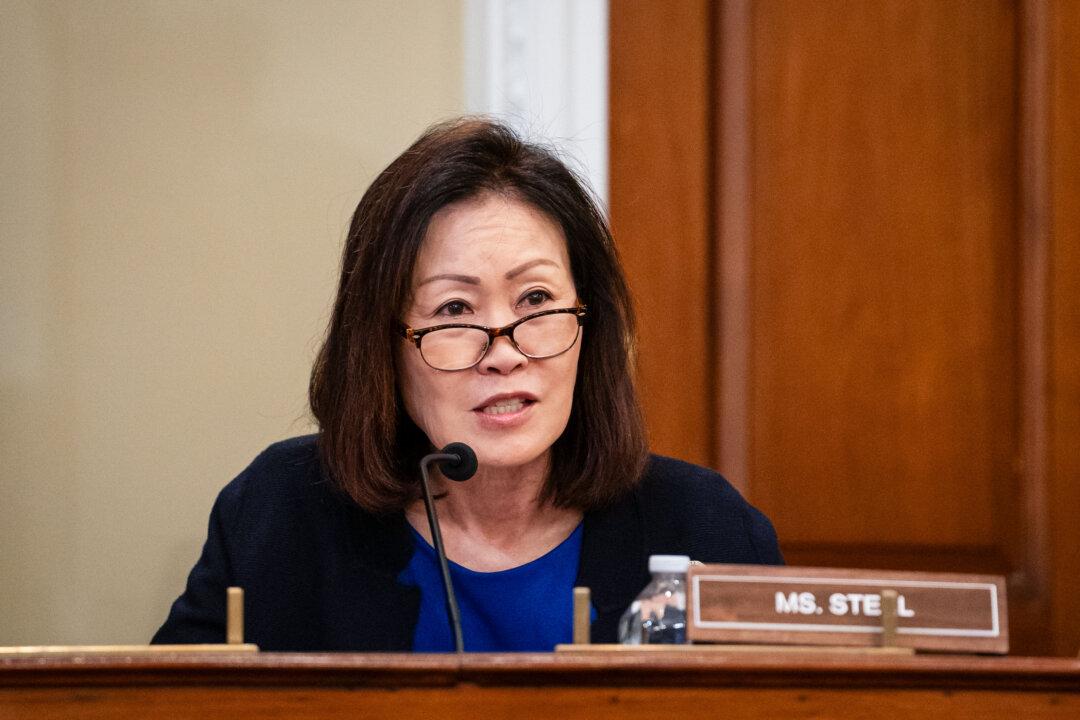A day after Tropical Storm Hilary brought heavy rainfall and widespread flooding in Southern California Aug. 20, a new concern arose for some coastal communities after sewage was seen flushed out on Los Angeles area beaches and into the Pacific Ocean.
According to Soledad Ursúa, a member of the Venice Neighborhood Council, hundreds of people were at Venice Beach Aug. 21, many with children playing steps away from sewage on the beach.
“There’s human feces, there’s needles, there’s crack pipes, and there’s drug paraphernalia,” she told The Epoch Times. “The Santa Monica Bay is a gigantic toilet for L.A. County right now.”
Typically, urban sewage is treated and recycled for irrigation including for golf courses and parks. But during heavy rainstorms, trash is washed up into storm drains, which lead directly to the ocean without any filtering.
The Los Angeles County Department of Public Health issued an ocean water quality advisory on Sunday as a result of high bacterial levels, asking residents to avoid swimming, surfing, and playing in nearly a dozen spots—including Venice Beach and Santa Monica Pier where Ms. Ursúa said she visited on Monday—until Aug. 24.
However, the agency did not close any beaches due to water contamination and no testing of waters has been done at this point, Peter Gutierrez, a spokesperson for L.A. Public Health, told The Epoch Times.
Further down south, the California State Parks department Aug. 19 declared the temporary shutdown of all state parks and beaches in San Diego and Orange counties as a result of the tropical storm. All beaches reopened on Tuesday.

In videos and images provided by Ms. Ursúa, brown-colored sewage water can be seen pouring out of storm drains and flowing into the ocean at Venice Beach and various trash was visible on the beach—only feet away from beachgoers.
The trash, she said, is largely coming from the city’s homeless encampments. She added that with increased drug use among the homeless, the now flushed-out sewage can also be highly toxic, posing a health hazard to people and animals.
“With these huge rains, even if there’s an encampment 30 miles away, all of the debris goes into the storm drains and comes right out onto the beach—untreated,” she said. “It can cause significant illness, especially in young children, and I saw so many young children [recently]. It is horrifying.”
Additionally, Mrs. Ursúa said that more families with children were possibly at the beach after the storm, as all schools in the Los Angeles Unified School District were closed Monday, so officials could assess if any campuses had sustained damage from the storm.
Barry Coe, who formerly owned a recreational vehicles business, said in a recent interview on EpochTV’s “California Insider”, that a large number of RVs used by the homeless population in the county are contributing to this toxic sewage.
“Nine thousand gallons [of sewage] a month are going into the wastewater system,” Mr. Coe said, regarding the monthly wastewater of just the 600 RVs being used by homeless persons in the Harbor Gateway neighborhood—located in the far southern part of Los Angeles—where he lives.
More than 9,280 homeless people live in about 6,800 RVs in Los Angeles County, according to the 2023 point-in-time count released last month by the Los Angeles Homeless Services Authority.
According to Mr. Ursúa, warning signs were very limited in the beach area she visited, and many residents likely weren’t aware of the beach and the water’s potential hazard.
“I used to run barefoot, and it was one of my favorite things to do,” she said. “It’s only until I learned about all this that I do not go barefoot on the beach anymore.”








